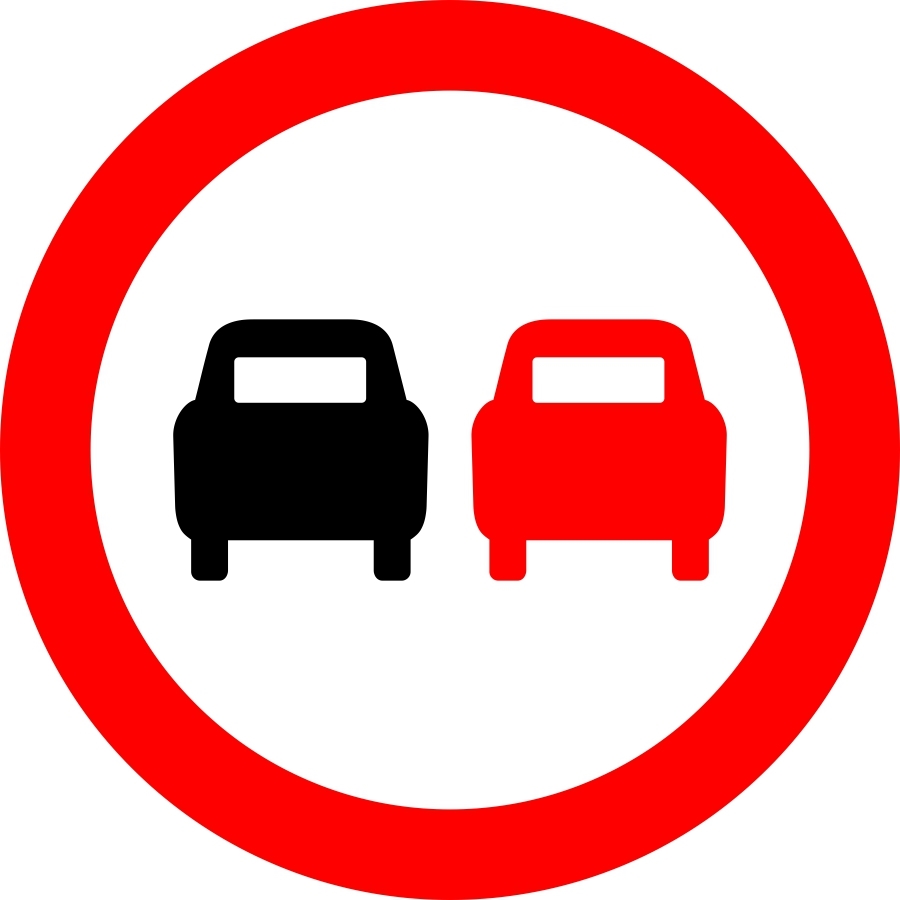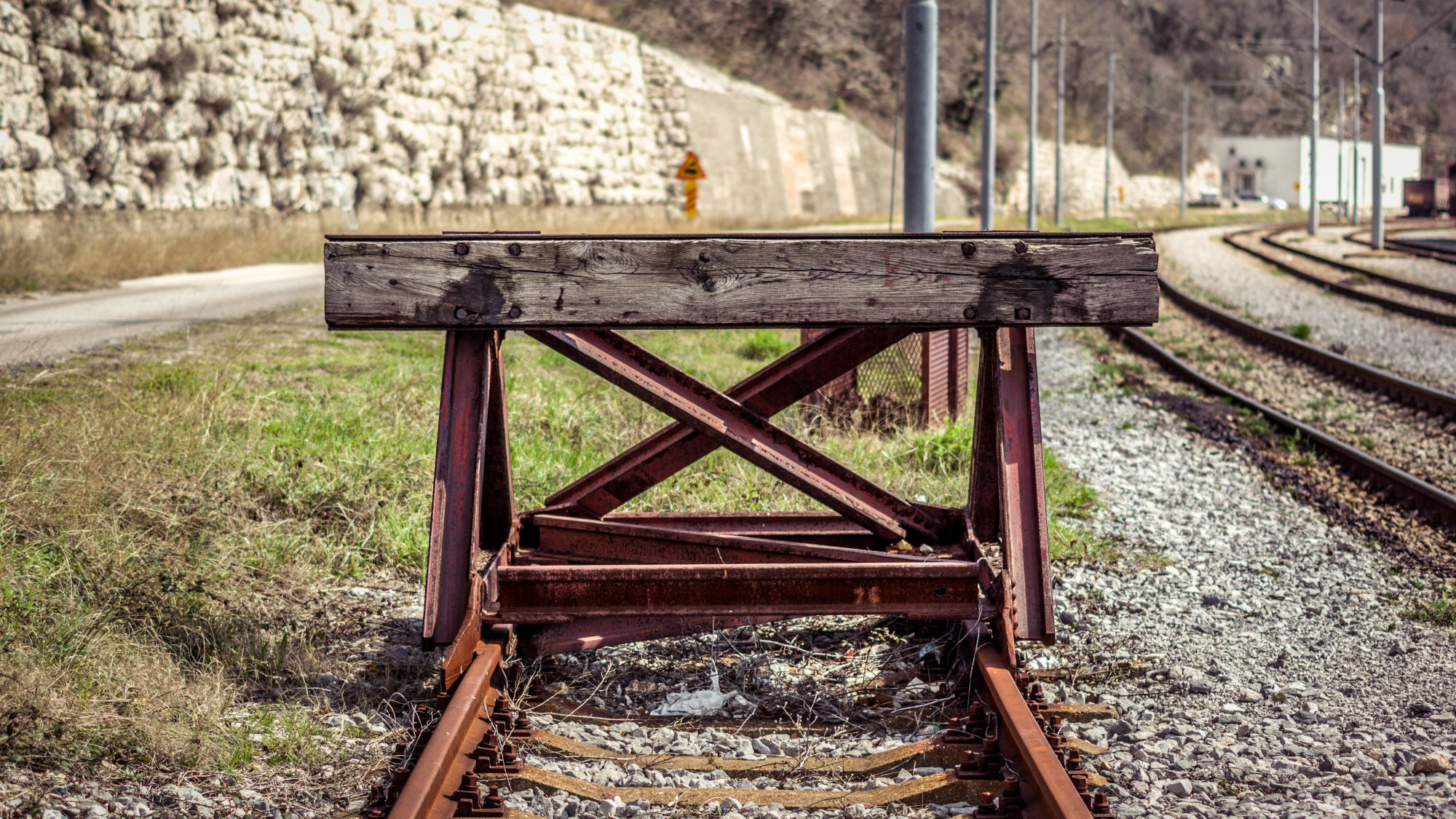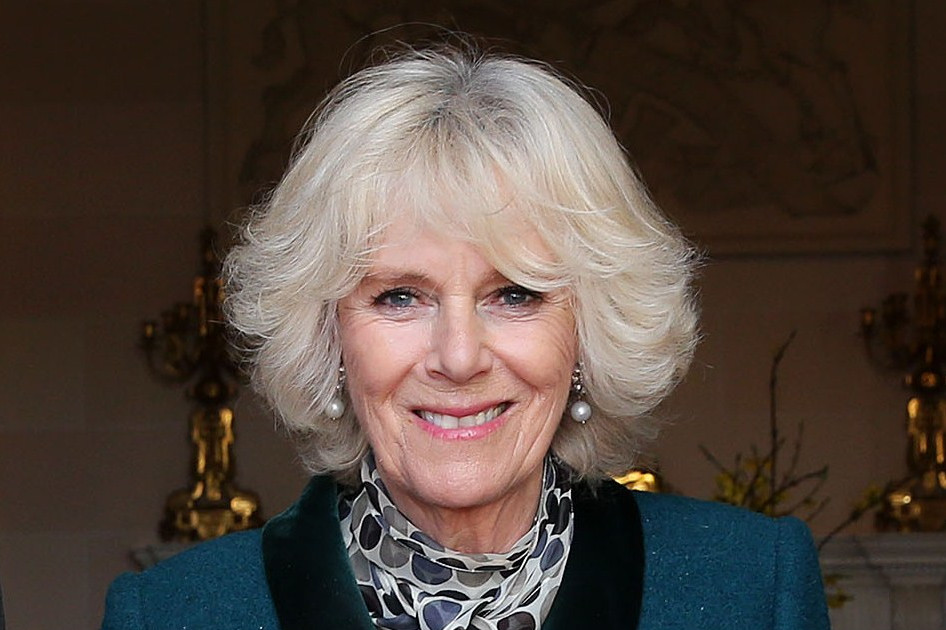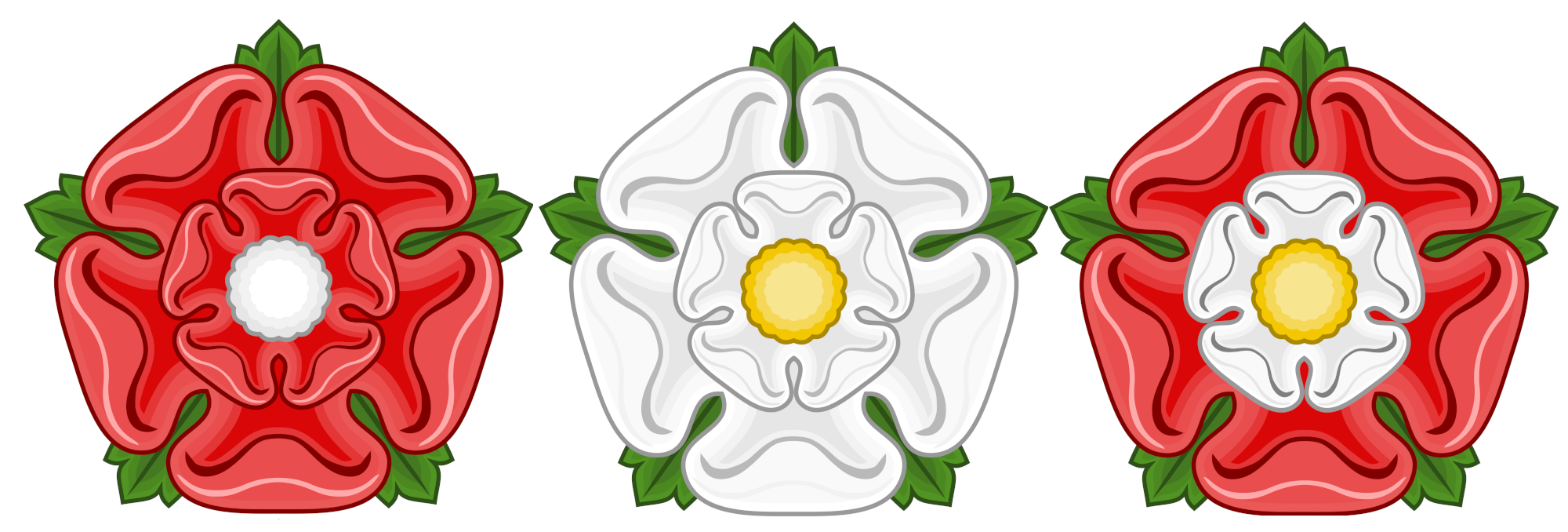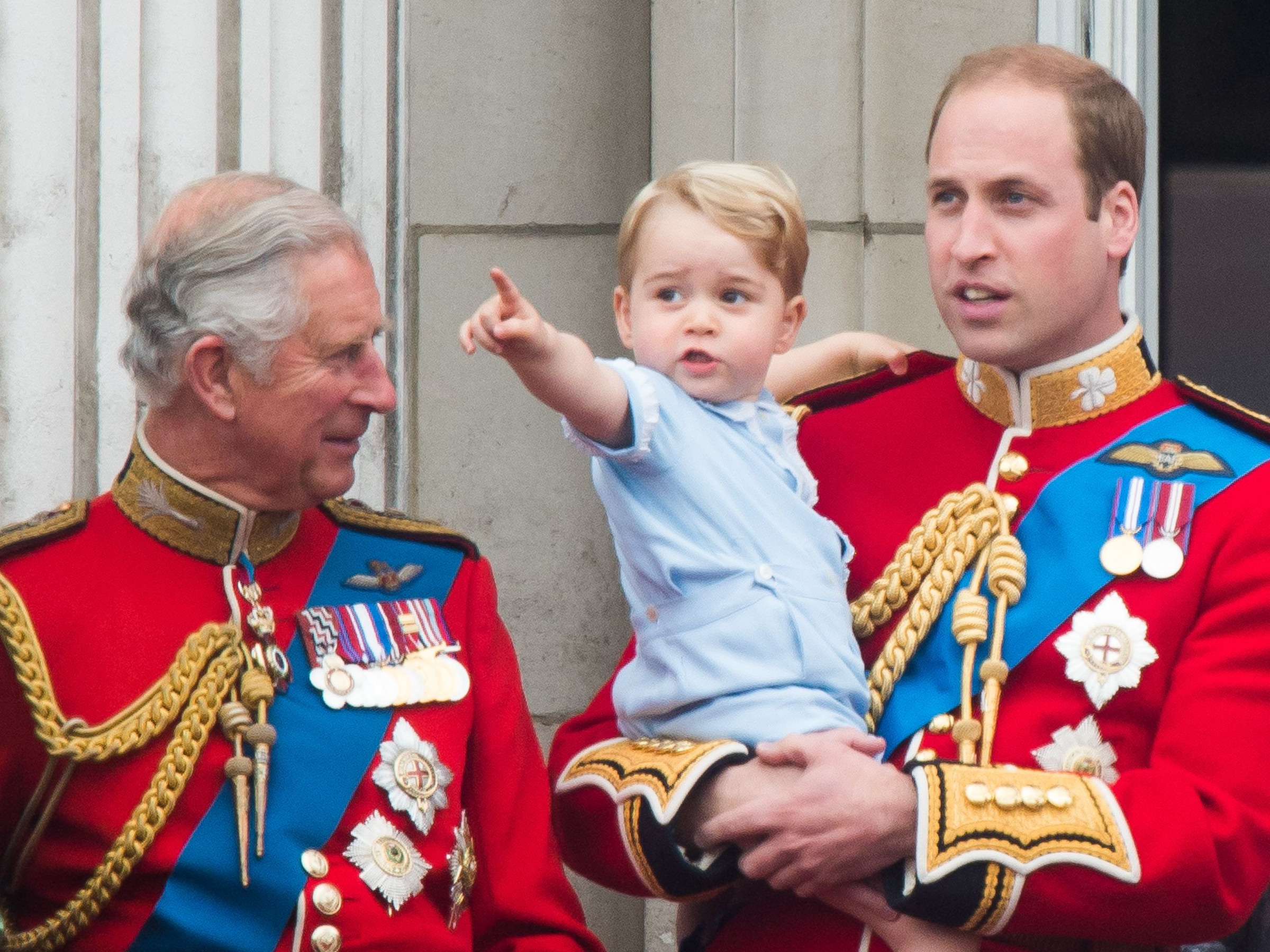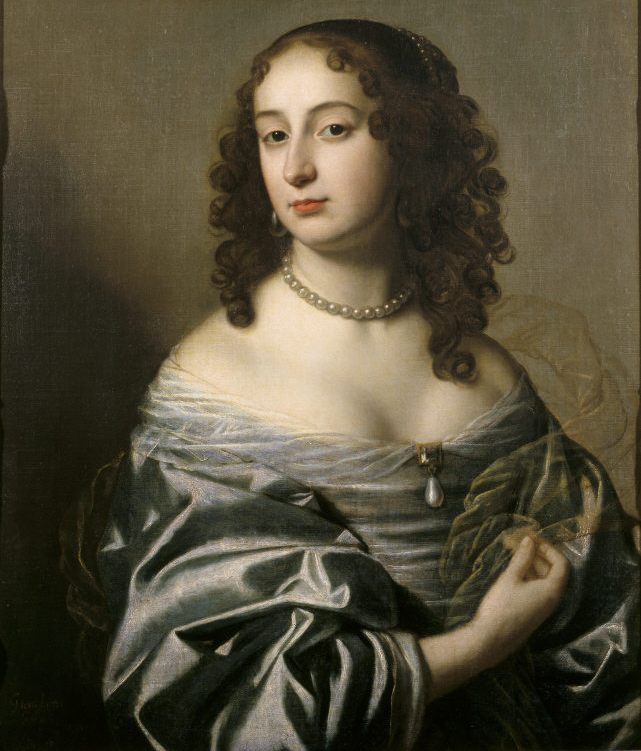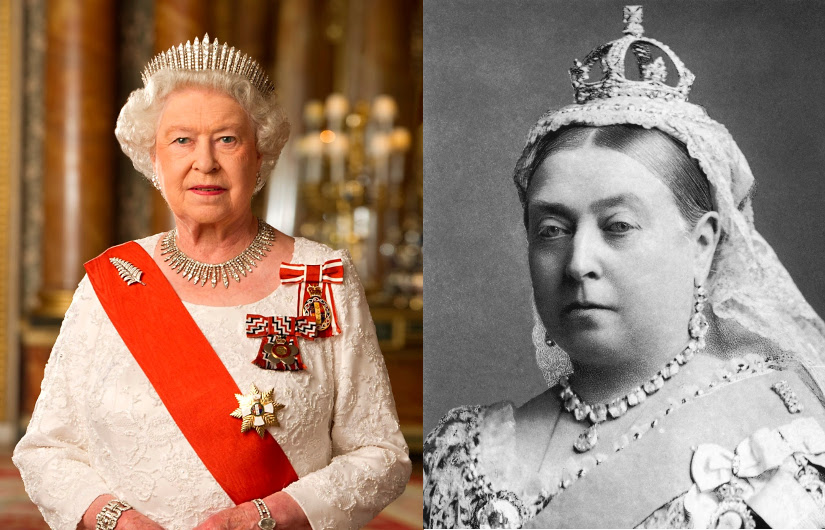If you’ve watched the video where I talk about this site, you’ll know that one of the main reasons why I started getting interested in the royal family was that there were so many people asking such bad questions about it over on Quora. Here are some of the examples I use in the talk:
- Who will succeed the Queen of England? (England hasn’t had a Queen since 1707)
- Why does Britain always have a queen, not a king? (Genetics, mostly)
- Who would be king if Prince Charles dies before Queen Elizabeth II? (That’s a trick question, isn’t it? If Prince Charles dies, we would still have the same queen)
- What must Prince Charles actually feel about his mother pulling him from the line of succession and designating his son as heir to the throne? (Umm… what? Perhaps get your news from a more trustworthy source)
- Did the Queen assassinate Diana, Princess of Wales? (No)
These all, obviously, stem from people getting their news from increasingly uninformed sources. And would it be discourteous of me to suggest that the width of the Atlantic Ocean seems to be a factor in the amount of fact-checking that some journalists carry out?
But there are also the questions that simply don’t understand how the line of succession. Sometimes, people seem to see the British royal family as something out of Game of Thrones and they forget that a constitutional monarchy is rather different from what you would find in Westeros. The word “constitutional” is there for a very good reason. Questions in this category look like this:
- Can the Queen skip a generation and hand the crown to Prince William?
- If Prince Charles and Prince William died, would Prince Harry be next in line?
- If Prince Charles dies before the Queen, why wouldn’t Prince Andrew be King?
People who ask questions like this don’t understand the most fundamental aspect of the line of succession. The order of the names on the list is fixed. That’s important, so let me repeat it in bold – The order of the names on the list is fixed.
To explain what I mean by that, let’s look at an example. Here is the current top of the list:
- Prince Charles
- Prince William
- Prince George
- Princess Charlotte
- Prince Louis
- Prince Harry
- Archie Mountbatten-Windsor
- Prince Andrew
- Princess Beatrice
- Princess Eugenie
The list can be changed in various ways. People are added to the list as they are born. A new baby is inserted after its parent (and after any older siblings) and everyone below that insertion moves down a place. People are removed from the list when they die and everyone below that removal moves up a place. When the sovereign dies, whoever is at the top of the list pops off and becomes the new sovereign (and everyone in the list moves up a place).
There are a few more obscure things that could happen. Someone could convert to Catholicism and be removed from the list. In that case, they are treated (as far as the line of succession is concerned, at least) as though they have died. They are removed from the list and everyone below them moves up a place.
It’s important to note that when someone dies and is removed from the list, it is only that one person who is removed. Any descendants of the deceased remain on the list just moved up a place because of the death above them in the list.
All of this leads to the inviolable rule that I mentioned above. The order of the names on the list is fixed. Once you are on the list, you can never move above or below anyone else on the list. The line of succession is strictly a “no overtaking” lane. With that in mind, we can now answer the three questions above.
- Can the Queen skip a generation and hand the crown to Prince William? (No, the Queen can’t change the line of succession at all. It is written in law. I suppose she could ask the governments of all sixteen Commonwealth realms to remove Charles from the list – but that seems very unlikely.)
- If Prince Charles and Prince William died, would Prince Harry be next in line? (No, after Prince William, the next person in line is Prince George. He would become king and a regent would be appointed until he became an adult.)
- If Prince Charles dies before the Queen, why wouldn’t Prince Andrew be King? (Because Prince Charles currently has two sons and four grandchildren – and all of those people do not get removed from the list if Prince Charles dies.)
I need to make a small confession. The order of the list isn’t quite as fixed as I said. I can think of one instance where two people have swapped places on the list. It’s because of the Succession to the Crown Act (2013). This was the Act of Parliament that did away with male-preference primogeniture for the line of succession. It means that men no longer take precedence over their older sisters. But things were in flux for a while. Let me explain.
Lady Davina Windsor is the eldest daughter of the Duke of Gloucester. In 2004, she married Gary Lewis and they had two children. Their daughter, Senna, was born in 2010 and their son, Tāne, followed in 2012. When Senna was born, she was number 24 on the list but by the time Tāne was born, she had dropped to number 26 and (because the Succession to the Crown Act hadn’t been passed at the time) Tāne went in at number 26 when he was born, pushing Senna down to number 27. The Act was passed in 2013, came into effect on 26 March 2015 but (crucially) affected boys born after 28 October 2011.
So on 25 March 2015, Tāne was at position 28 and Senna was at 29. But on the following day, when the Act came into force, they swapped places and Senna overtook her brother and moved to position 28. Please don’t try to check these facts on the site. I have to confess that, currently, our site isn’t clever enough to accurately represent the pre-Act state of affairs.
But with that one relatively obscure exception, the order of the line of succession is fixed. This means that it becomes easy to play “what if?” and see what would happen if various people on the list met unfortunate and premature ends. Simply write down the existing line of succession in order and cross off the names of any people you want to kill off in your scenario. Any people left over will already be in the correct order for your imaginary line of succession.
Have fun with it. Try removing various people from the list and see what interesting alternatives you come up with. Let us know if you find anything particularly fascinating or tragic.
p.s. I mentioned in passing that if Prince George became king before becoming an adult, then a regent would be appointed. Current rules say that would be the first adult on the line of succession who is resident in the UK. Until very recently, that would have been Prince Harry. I’m not sure how recent events might affect that.
